
The Güell Pavilions and Garden
The Güell Pavilions in Barcelona's Pedralbes neighborhood are an early work of the modern master Antoni Gaudí. The pavilions and the garden were designed and built between 1883 and 1887 at the behest of Eusebi Güell, who would become the young architect's most important patron.
The buildings contain many elements of Gaudí's signature building style, including parabolic arches and Catalan vaulting, and are topped by lanterns faced with trencadís, or fragments of colored ceramic tiles. According to Güell's will, the estate was given to the Spanish Royal Family and converted into a royal palace in 1918. Today, the site forms part of the Avinguda Diagonal campus of the University of Barcelona.

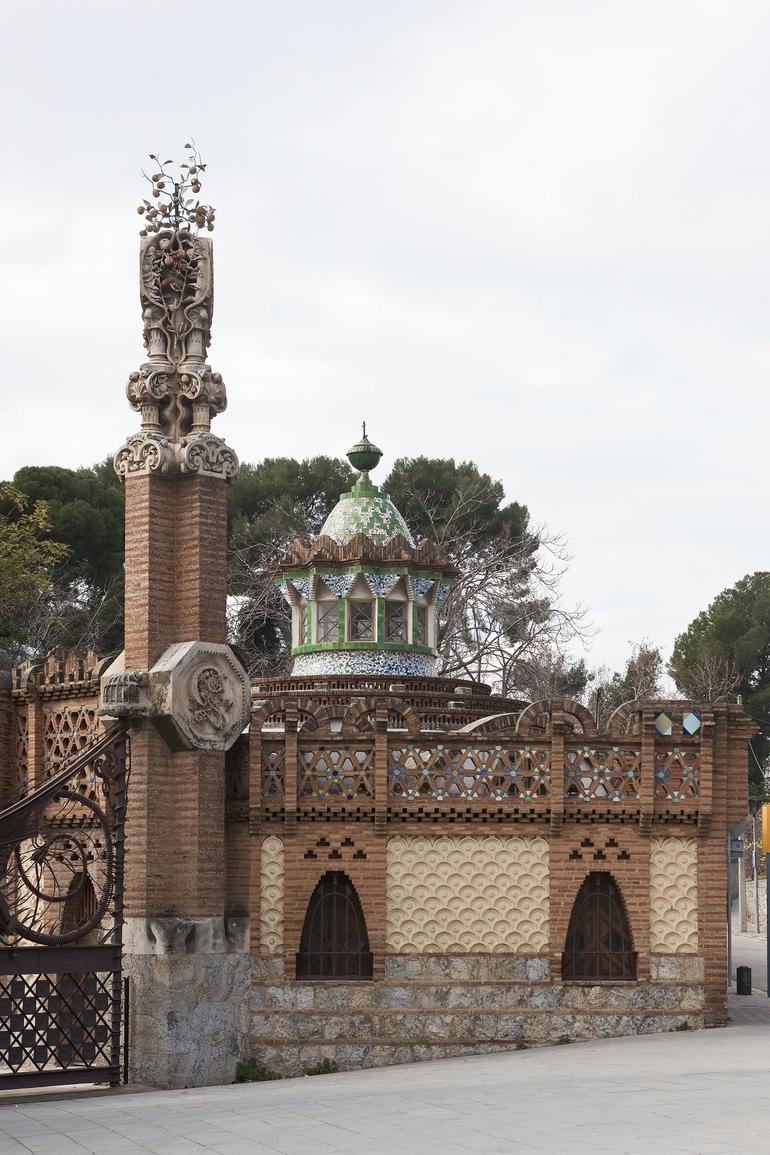
The Güell Pavilions were included on the 2014 World Monuments Watch to garner resources to improve public access to the site. As a result of inclusion on the Watch, local entities signed an agreement by which the Municipality of Barcelona would restore the buildings in exchange for their use for ten years. A master plan was also approved, defining new visitor access to the site and expanding its use for university events.
With support from American Express and in collaboration with the University of Barcelona, World Monuments Fund developed two initiatives surrounding the site: Modernismo Invisible, an app showcasing and expanding appreciation for the movement in Barcelona; and Gaudí & Trencadís Mosaic, a highly visual book exploring Gaudí’s trencadís mosaic methodology and its historical and cultural significance.
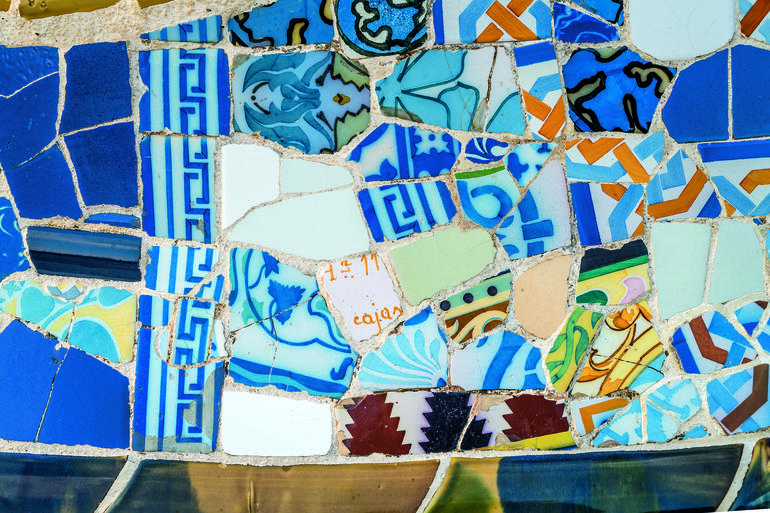
Though the ceramic mosaic technique originates from traditions in Moorish and Arabic ornamentation, Gaudí reimagined the process and aesthetic in his commission for the Güell gatehouses. To create the mosaics, Gaudí would collect discarded or unused glazed ceramic forms, often tiles, break them into pieces and apply the shards to the surface of his structures, immediately enlivening them with color and texture.
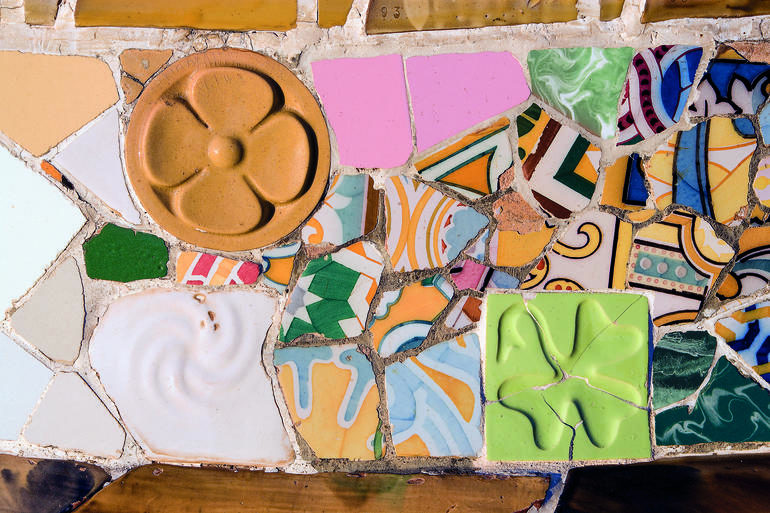

In this early work, Gaudí used tiles that were widely manufactured and readily available. In this image, trencadis mosaic adorns the curved form of the ventilation chimney. This decorative element brings the Güell gatehouse roof to life as the light changes throughout the day.
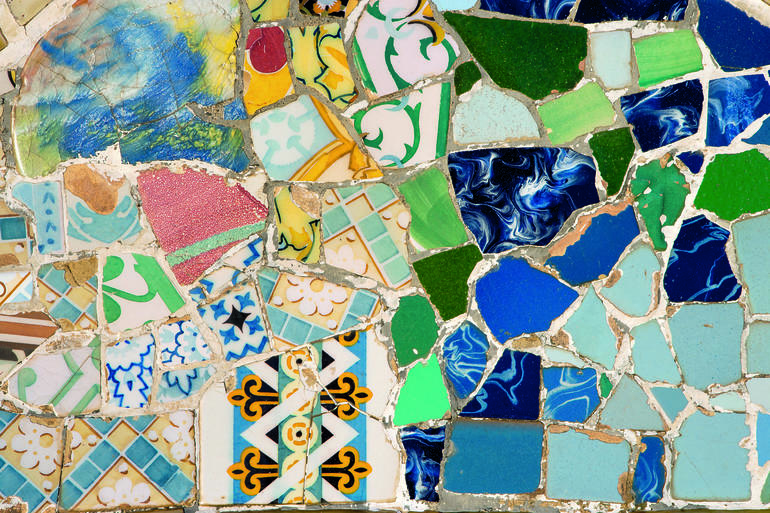
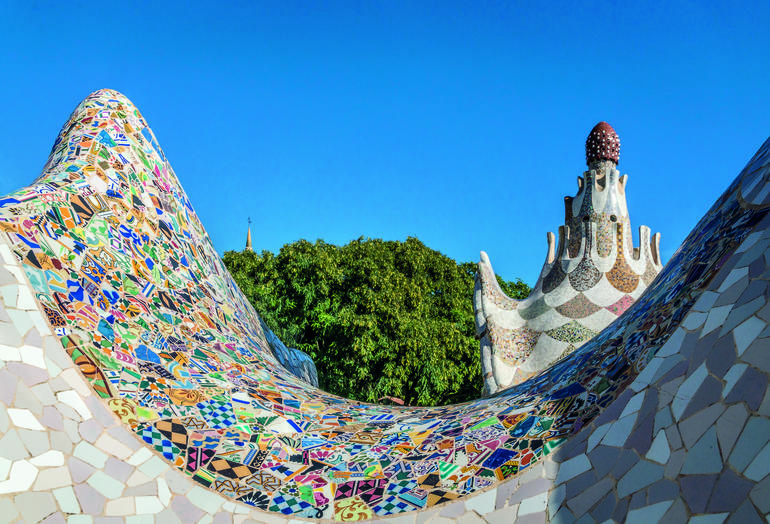
The Güell gatehouses are a magnificent example of Modernismo, Spain’s artistic movement that was part of a wave of exploration across the globe that included Art Nouveau and Arts & Crafts. Modernismo draws inspiration from the organic forms, colors, and motions of nature.
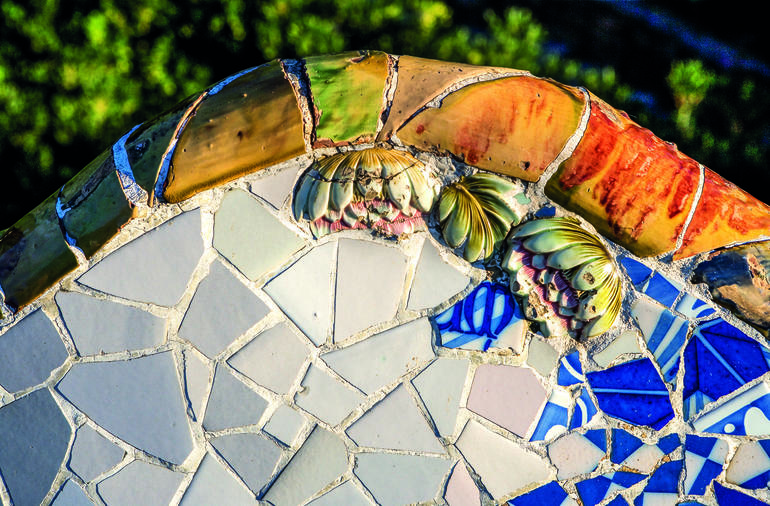


In Gaudí & Trencadís Mosaic, the ceramic fragments are compared to cells of a living organism, representing a skin-like surface.
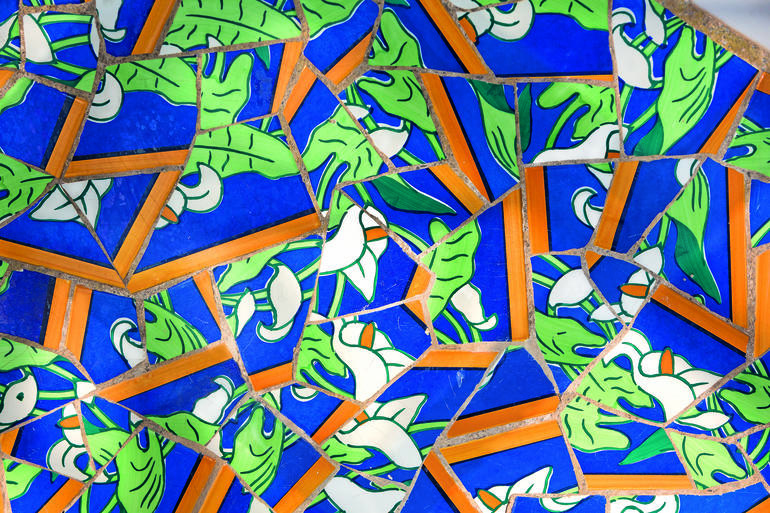
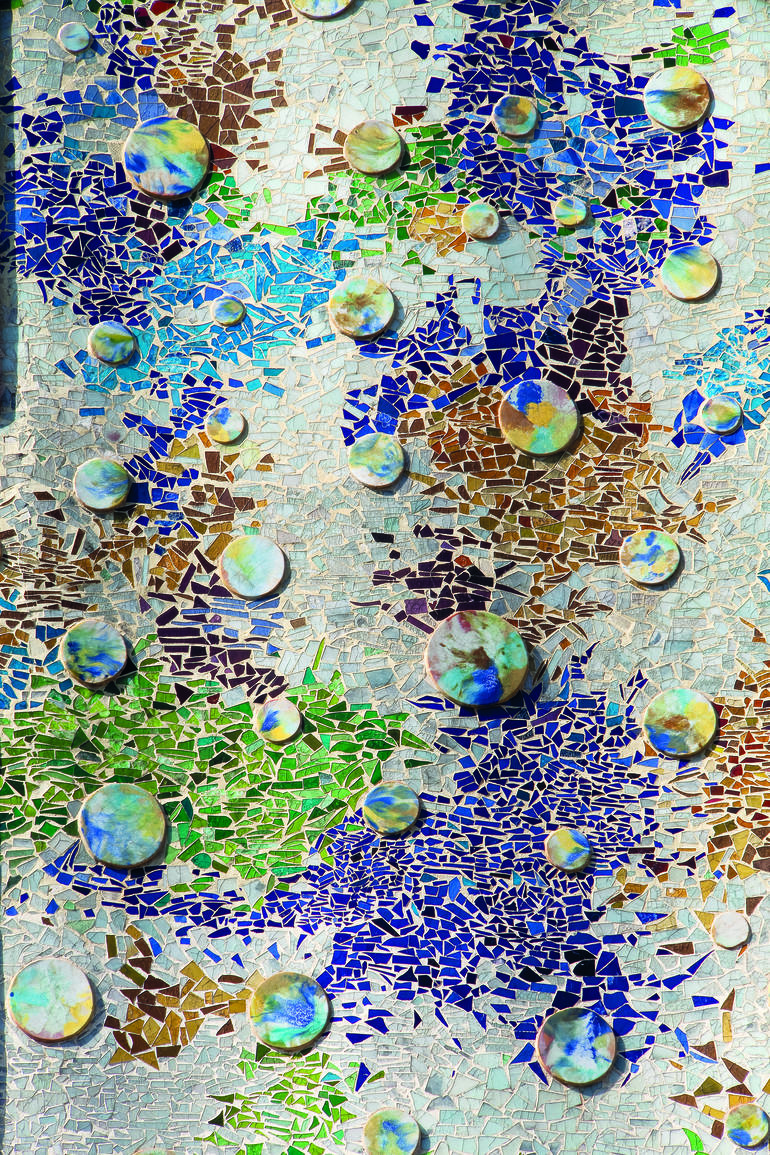
Since 2014, advocacy for Gaudí’s magnificent designs at the Güell Pavilions has been possible thanks to the generous support of American Express and the collaboration of the University of Barcelona. We are proud to be a partner in raising awareness and appreciation for lesser known works by Gaudí and and other Modernismo giants throughout Spain.
